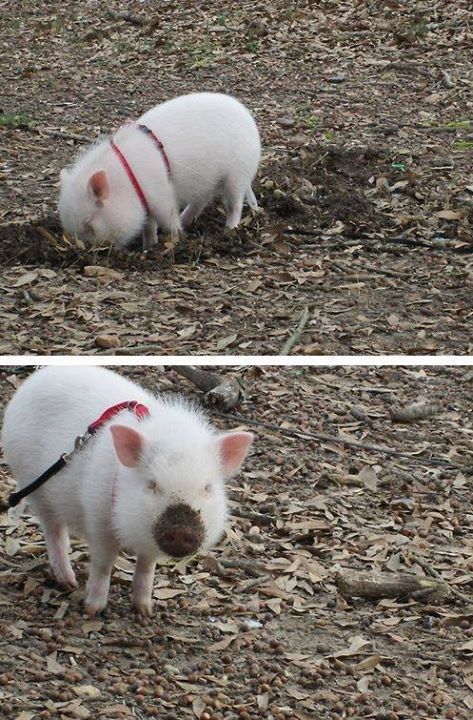Oh just found this on pouet
note/period/Hz
C-1 856 4181
C#1 808 4430
D-1 760 4709
D#1 720 4971
E-1 680 5264
F-1 640 5593
F#1 600 5965
G-1 568 6302
G#1 538 6678
A-1 508 7046
A#1 480 745 7
B-1 452 7919
C-2 428 8363
C#2 404 8860
D-2 380 9419
D#2 360 9943
E-2 340 10528
F-2 320 11186
F#2 300 11931
G-2 284 12604
G#2 268 13356
A-2 254 14092
A#2 240 14914
B-2 226 15838
C-3 214 16726
C#3 202 17720
D-3 190 18839
D#3 1 80 19886
E-3 170 21056
F-3 160 22372
F#3 150 23863
G-3 142 25208
G#3 134 26713
A-3 127 28185
